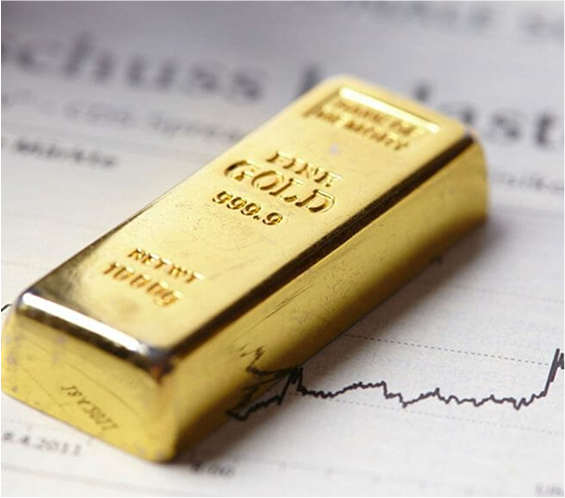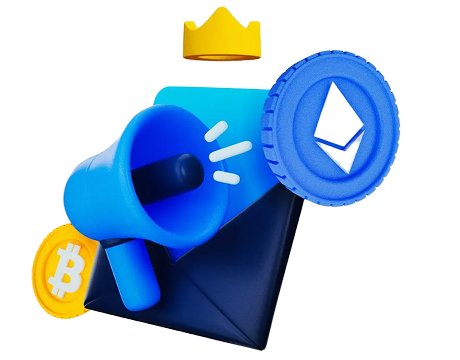Price Analysis

Numbers tell a story, and in gold trading, price charts are the clearest window into market sentiment. Here, we break down the latest market action with explanations of key levels, technical setups, and possible scenarios to watch. Whether you’re a short-term trader or a long-term investor, these insights help you identify opportunities and manage risk more effectively.
- Support & Resistance Levels: Identify zones where gold prices are likely to bounce or break.
- Trend Analysis: Spot whether the market is bullish, bearish, or consolidating.
- Chart Patterns: Learn how formations like flags, triangles, and double-tops signal potential moves.
- Technical Indicators: RSI, MACD, and moving averages explained in trader-friendly language.
- Short & Long-Term Views: Balance intraday setups with broader market trends.
Pros
- Provides clear visual cues for entry and exit points
- Helps identify both short-term trades and long-term trends
- Complements news-based and fundamental strategies
Cons
- Can give false signals during high volatility
- Requires practice to interpret charts correctly
- Works best when combined with risk management tools
Frequently Asked Questions
What’s the most reliable indicator for gold trading?
There’s no single “best” indicator. Many traders combine RSI, moving averages, and support/resistance to confirm signals.
Is price analysis enough to trade gold profitably?
Price analysis is powerful, but it’s best used with risk management and an understanding of news events. Charts show probabilities, not guarantees.
How often should I check gold charts?
It depends on your style. Day traders may watch 5–15 minute charts, while swing traders focus on 4-hour or daily timeframes.
Do professional traders rely more on fundamentals or technicals?
Most pros use a mix — fundamentals for big-picture direction, technicals for precise entries and exits.
What’s the biggest mistake beginners make in chart analysis?
Jumping into trades based on a single indicator without confirming with multiple signals or risk controls.
Price charts are more than lines and candles; they’re the heartbeat of the gold market. By learning how to read and apply price analysis, you’ll be able to spot opportunities earlier and make more confident trading decisions.


